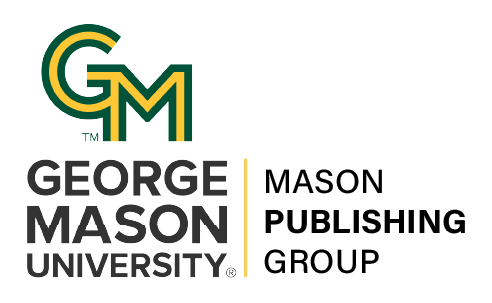SoTL SHOWCASE: Comparing Online, Hybrid and Face-To-Face Formats of a Neuroscience Course (5 min lightning talk in 90 minute roundtable)
DOI:
https://doi.org/10.13021/itlcp.2020.2851Abstract
Online and hybrid courses are becoming increasingly common as students seek more flexible learning opportunities. Hybrid courses in particular may offer “the best of both worlds” as they combine the flexibility of online learning with face-to-face interaction with fellow students and the instructor. Results from studies seeking to compare the effectiveness of the different formats (Priluck, 2004; Nemetz, Eager and Limpaphayom, 2017; Soffer & Nachmias, 2017; Jokhan, Chand and Nusair, 2018) have been inconsistent. This suggests that the factors that contribute to students’ experiences must also be examined. The present study aims to compare student performance, satisfaction, and engagement in a 300-level undergraduate neuroscience course offered in the fully online, hybrid (50% online/50% face-to-face), and fully face-to-face formats offered by the same instructor between Fall 2018 and Spring 2020. The course is required for undergraduate neuroscience majors. In addition to the above comparisons, we are also evaluating students’ goals when taking the course and the elements of the course design that they perceive as most important to their learning. Preliminary data indicate that final grades and overall learning satisfaction are similar across the three formats. Student engagement is being assessed through a modified version of Dixson’s (2010) Online Student Engagement Scale where they rate their agreement with a series of statements where 1 = Strongly Disagree and 6 = Strongly Agree. Taken together, the preliminary data indicate that online, hybrid and face-to-face courses can achieve similar engagement, but that levels of engagement can differ across formats depending on which specific behaviors are examined. Analysis of the data on students’ goals and perceptions is ongoing. Final results will be obtained following the conclusion of the Spring 2020 semester. Participants will be able to use information from our study to inform decisions about the offering and design of online and hybrid courses. This information may be particularly useful for faculty considering creating an online or hybrid version of a course currently being taught face-to-face.



